Others may find, as I did, (working in OS X 10.10.1) that the situation for MAMP PRO (at least in the current release, 3.0.7.3, is different.
All my attempts to apply the remedies suggested here failed. Upon examining the PHP error log I discovered that the index.php that is operating (in /Libary/Application Support/appsolute/MAMP PRO/index.php -- at line 43, is deciding NOT to go to the config.inc.php that is discussed here (at /Applications/MAMP/bin/phpMyAdmin/config.inc.php) but rather to /Library/Application Support/appsolute/MAMP PRO/phpMyAdmin/config.inc.php.
Furthermore, there is no such file there (after a 'successful' install of MAMP PRO), so I'm stuck with the error, and furtherfuthermore, every time I try to put the correct file there, when I restart MAMP PRO, it is not there anymore - something is automatically refreshed to eliminate the config.inc.php I'm putting there. My workaround for now is to do this in MAMP instead of MAMP PRO.
